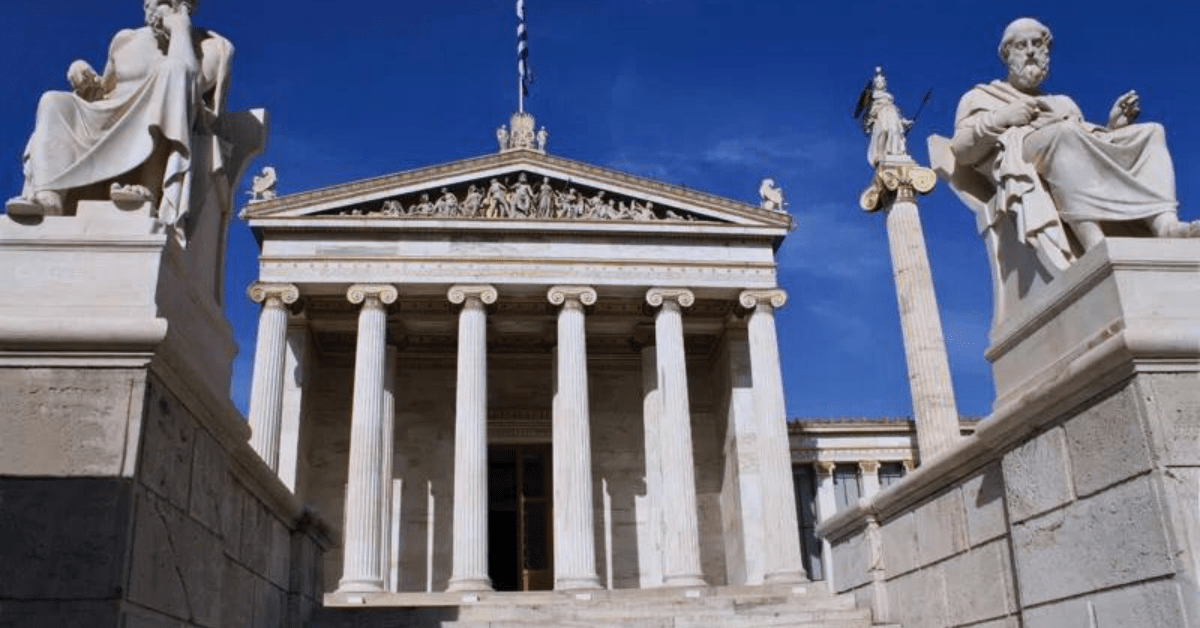Best Historical Landmarks in Europe for Educational Travel

Europe is a continent steeped in history, offering a treasure trove of landmarks that bring the past to life. From ancient ruins to medieval castles, each site tells a story that transcends time, making Europe an ideal destination for educational travel. Whether you’re a history buff, a student, or an educator, exploring these historical landmarks will deepen your understanding of the continent’s rich cultural heritage.
The Colosseum

The Colosseum in Rome stands as a testament to the grandeur and brutality of ancient Roman civilization. This iconic amphitheater, built in 70-80 AD, once hosted gladiatorial contests, public spectacles, and dramatic performances.
Visiting the Colosseum provides an immersive experience into the social dynamics, engineering prowess, and entertainment culture of ancient Rome.For educational travelers, the Colosseum offers insights into Roman architecture and engineering.
The structure’s ability to hold up to 50,000 spectators showcases the advanced construction techniques of the time, including the use of concrete and the innovative design of the arches.
The Acropolis, Athens, Greece

Perched high above Athens, the Acropolis is a symbol of ancient Greek civilization and its contributions to philosophy, art, and democracy. The Acropolis complex includes several important structures, the most famous being the Parthenon, a temple dedicated to the goddess Athena.
Educational travelers will find the Acropolis a rich source of learning about ancient Greek culture and history. The Parthenon, with its Doric columns and intricate sculptures, exemplifies the architectural brilliance .
The Erechtheion, with its famous caryateds (sculpted female figures serving as architectural supports), provides a fascinating study of ancient Greek religious practices and art.
Auschwitz-Birkenau, Oświęcim, Poland

The Auschwitz-Birkenau concentration camp is one of the most harrowing historical landmarks in Europe. As the largest of the Nazi death camps, a stark reminder of the atrocities of the Holocaust. Auschwitz-Birkenau preserved as a museum and memorial, offering an unflinching look at the horrors of genocide.
For educational travel, Auschwitz-Birkenau is a powerful site for teaching about the Holocaust, World War II, and the dangers of hatred and intolerance. The preserved barracks, gas chambers, and crematoria provide a sobering experience .
The Palace of Versailles, Versailles, France

The Palace of Versailles is a symbol of the absolute monarchy that once ruled France. Originally a hunting lodge, it was transformed by King Louis XIV into a grand palace that became the seat of political power in France until the French Revolution.
Educational visitors can explore the history of the French monarchy, the artistic movements of the Baroque and Rococo periods, and the social conditions that led to the French Revolution. The Hall of Mirrors, the Treaty of Versailles was signed in 1919, marking the end of World War I.
The Palace also offers insights into the daily life of the royal family, with rooms such as the King’s State Apartment and the Queen’s Hamlet providing a glimpse into the lavish lifestyles of the time.
Stonehenge, Wiltshire, England

Stonehenge is one of Europe’s most enigmatic prehistoric landmarks. Located on Salisbury Plain in England, this ancient stone circle dates back to around 3000 BC. The site has long puzzled historians and archaeologists,ranging from a burial ground to a place of worship or an astronomical observatory.
For educational travel, Stonehenge offers a unique opportunity to explore prehistoric Britain and the mysteries of early human civilization. The alignment of the stones with the movements of the sun and moon provides insights into the astronomical knowledge of its builder.
Additionally, the site offers lessons in archaeology, as ongoing excavations continue to reveal new information about the people who constructed this remarkable monument.
The Alhambra, Granada, Spain

The Alhambra in Granada is a masterpiece of Islamic architecture and a symbol of the cultural synthesis that occurred in medieval Spain. Originally built as a fortress in the 9th century, it was later transformed into a royal palace by the Nasrid dynasty in the 13th and 14th centuries.
The Alhambra’s intricate designs, lush gardens, and stunning views make it one of Europe’s most beautiful historical landmarks.Educational travelers will find the Alhambra a rich source of learning about the Islamic influence on European art, architecture, and culture.
The Court of the Lions, with its famous fountain and detailed carvings, exemplifies the beauty and sophistication of Islamic design.
The Berlin Wall, Berlin, Germany

The Berlin Wall was not just a physical barrier but a symbol of the Cold War and the division between East and West. Erected in 1961 by the German Democratic Republic (GDR), the Wall separated East Berlin from West Berlin until its fall in 1989. Today, parts of the Wall remain as a powerful reminder of this period in history.
For those interested in modern history, the Berlin Wall offers an in-depth look at the political and social tensions of the 20th century. The East Side Gallery, a preserved section of the Wall covered in murals, is a testament to the struggle for freedom and the desire for unity.
Educational tours of the Berlin Wall Memorial and the Checkpoint Charlie Museum provide context on the Wall’s construction, the lives of those affected by it, and the events that led to its eventual demolition.
The Tower of London, London, England

The Tower of London is one of Britain’s most famous historical landmarks, with a history dating back over 1,000 years. Originally built by William the Conqueror in 1066, the Tower has served as a royal palace, prison, armory, and even a zoo.
Educational travelers will find the Tower of London a fascinating study in British history, from the Norman Conquest to the Tudor period and beyond. The Crown Jewels, housed within the Tower, offer a glimpse into the wealth and power of the British monarchy.
The Tower’s various roles over the centuries provide lessons in medieval warfare, royal intrigue, and the evolution of the British state.
The Anne Frank House, Amsterdam, Netherlands

The Anne Frank House in Amsterdam is one of the most poignant historical landmarks in Europe. The house, now a museum, was the hiding place of Anne Frank and her family during World War II. Anne wrote her famous diary, become one of the most important personal accounts of the Holocaust.
For educational travelers, the Anne Frank House offers a deeply personal perspective on the horrors of war and the resilience of the human spirit. The preserved rooms, along with Anne’s original diary, provide an intimate look at the daily lives of those in hiding.
The Vatican City, Rome, Italy

Vatican City, the spiritual and administrative center of the Roman Catholic Church, is a treasure trove of religious, artistic, and historical significance. The St. Peter’s Basilica, the Sistine Chapel, and the Vatican Museums are among the most important sites within this independent city-state.
Educational travelers will find Vatican City an unparalleled resource for studying the history of Christianity, Renaissance art, and the influence of the Catholic Church. The Sistine Chapel, with its ceiling painted by Michelangelo, is one of the most famous artworks in the world, offering insights into the artistic achievements of the Renaissance.
Conclusion
Europe’s historical landmarks are not just remnants of the past—they are living classrooms where history comes to life. From the ancient ruins of Rome to the modern-day reminders of the Berlin Wall, each site offers a unique educational experience that enriches our understanding of the world. For those seeking to learn more about history, culture, and the forces that have shaped our world.
What is the significance of the Colosseum in Rome?
The Colosseum in Rome is a symbol of ancient Roman engineering and gladiatorial combat, serving as an amphitheater where thousands of spectators watched public spectacles, gladiator fights, and animal hunts.
Why is the Acropolis in Athens important?
The Acropolis is a symbol of ancient Greek civilization, representing the cultural and political achievements of Athens. It houses the Parthenon, a temple dedicated to the goddess Athena.
What can be learned from visiting Auschwitz in Poland?
Auschwitz is a solemn reminder of the Holocaust, where millions of Jews and other minorities were murdered during World War II. Visiting it offers profound lessons in history, human rights, and the dangers of hatred and intolerance.
What is the historical importance of Stonehenge in England?
Stonehenge is a prehistoric monument that offers insights into Neolithic and Bronze Age ceremonial practices. Its construction, purpose, and astronomical alignments continue to intrigue archaeologists and historians.
Why is the Eiffel Tower in Paris considered a historical site?
The Eiffel Tower, built for the 1889 World’s Fair, symbolizes French industrial prowess and is a key example of iron architecture. It has become an enduring symbol of Paris and modern France.
What is special about the Alhambra in Spain?
The Alhambra is a stunning example of Moorish architecture and represents the Islamic heritage of Spain. It served as a palace and fortress for Muslim rulers in Granada.
Why should one visit the Berlin Wall?
The Berlin Wall symbolizes the Cold War’s division of East and West Germany. Visiting the remaining sections provides insight into the political, social, and human impacts of the divide.




